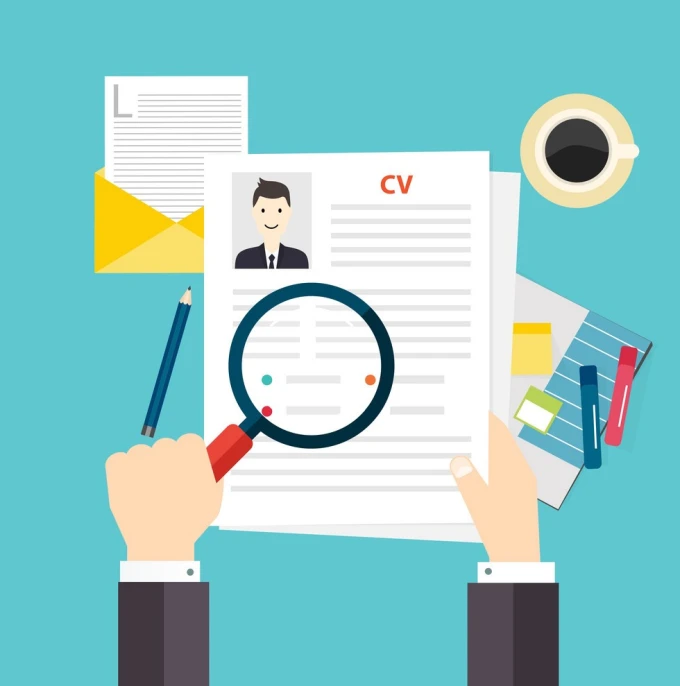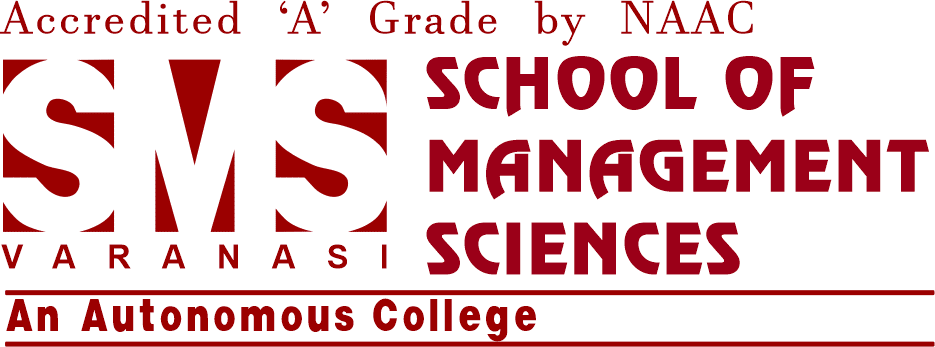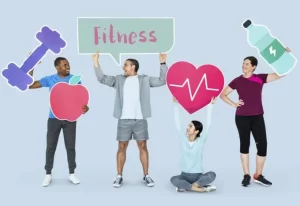
Building Resume and cover by themselves is not going to get you a job; instead, they will assist you safeguard an interview. Throughout the recruiting process, employers use resumes and cover letter to get additional information about applicants and determine whether they would be a suitable fit. Both your cover letter and CV should be simple to read; they should emphasize important experience and provide an overview of your accomplishments and talents. A strong CV and cover letter serve as essentials for creating a good first impression on prospective employers when applying for jobs.
Every year, there is more competition when applying for jobs. Individuals who have only recently begun their careers in the workforce frequently make typical mistakes while drafting their cover letters and resumes because they are too overwhelmed by the entire process. To make matters worse, hiring managers are frequently just as overburdened as candidates; therefore, they are just searching for excuses to reject resumes in order to expeditiously and effectively filter through the pool of candidates. These resume and cover letter recommendations can help you improve your chances of getting past the harsh initial screening, being given serious consideration, and moving on to the subsequent interview phase.
Difference between Cover Letter and Resume
First and foremost, a cover letter is an added document. It’s a formal document that you provide to a potential employer and outline your qualifications for a particular position. Though a few applications demand one, a cover letter is often optional in contrast to a resume. This letter serves as a means of outlining your qualifications for the job and outlining how your prior work experience and skill set make you the perfect candidate for the position. Furthermore, you have enough of space to explain why you’re the best applicant in the 300–500 word standard cover letters.
One of the main documents you will send to prospective employers is your resume. It is a one- to two-page summary of your prior employment history, qualifications, achievements, training, and other details. Moreover, it’s a document that offers a brief, well-organized summary of your credentials for the workplace. Be careful to highlight your noteworthy accomplishments, education, talents, and relevant job experience in your CV.
Note: It is usually a good idea to tailor your resume and cover letter according to the criteria of each job description.
Tips for Building Resume and Cover Letter

The aforementioned tips will boost the probability that someone will review your resume and cover letter and invite you to an interview.
Make as per Job Requirement
There is not any such thing as a one-size-fits-all résumé or cover letter. Tailor your resume to the job you’re looking for to make yourself stand out. Before you begin drafting your resume and cover letter, you ought to look into the organization and position for which you are applying. Find out about their purpose, beliefs, and ambitions, as well as what they seek for in a possible employee. This will allow you to adapt your materials to meet their expectations and requirements. You may learn about the company’s culture, goods, and consumers by visiting their website, following them on social media, and reading online reviews. Then, emphasize your significant achievements and experience that align with those needs.
Document Format
Because employers typically have a short period of time to evaluate resumes and cover letters, they should be simple to read and scan, with a clear and uniform layout, typeface, and style. Headings, bullet points, and white space can help you arrange your content and highlight the most critical elements. Your resume should be one to two pages long, depending on your experience and employment needs. Your cover letter should be no more than one page long, with three or four lines introducing yourself, explaining why you are interested in the position, and summarizing your qualifications. You should select a simple, clear typeface such as Arial or Times New Roman. Keep the font size between 10 and 12 points.
Focus on Keyword
Every word matters, especially because a resume should be one page long and a cover letter should be three paragraphs long. Here’s a shocking truth regarding job applications: A cheat sheet is included with them. The work description serves as a cheat sheet. You get every keyword you require from it. When it comes to writing a CV, it is recommended to start by carefully reading the job advertisements that catch your attention. You should go through each job description carefully when you apply to various positions to look for keywords that indicate the qualities the business is seeking in a candidate. Where applicable, use such keywords in your CV. Keyword usage in your cover letter is equally as crucial as it is on your resume. Additionally, the cover letter is an additional chance for you to utilize the identical terminology as the company to describe why you’re the ideal candidate for the position. These extra keywords could also make your application appear more prominently than others if an applicant monitoring system scans your cover letter.
Proof-Reading
The potential employers may be suspicious of errors on your resume or cover letter. Make sure there is no spellings, grammatical, punctuation, or formatting mistakes in the resume and cover letter you submit before sending it. These errors could negatively impact your reputation and give the appearance that you are careless or unprofessional. To assist you find and fix any mistakes, you may utilize internet resources or tools. Having a mentor, expert, friend, or member of your family go at your paperwork and offer advice may also be beneficial.
Don’t Forget to Follow-Up
It might be beneficial to get in touch with the employer again after submitting your cover letter and CV to show your interest in the job. You can use this time to ask any questions you may have on the position or the recruiting procedure. Within a day after submitting your application, you can additionally write a thank-you email highlighting your suitability for the position and expressing your gratitude for the chance. If you haven’t heard back from them after a week or two, you may also follow up by giving them another call or sending them another email. By doing this, you’ll be able to remind them of your application and show them how proactive and persistent you are.
Conclusion
A professional tone, personalization, and meticulous attention to detail are necessary when creating an excellent resume and cover letter. Additionally, it frequently serves as the initial step toward obtaining an employment interview. Make sure your resume has the most pertinent information possible, arrange it so that the most crucial information is at the top, and proofread it thoroughly for mistakes. You may write a job application that presents your qualifications and leaves a lasting impression on prospective employers by using the above-mentioned tactics and ideas. Even with the intense competition in the job market, recruiting is still a challenging, costly, and time-consuming process for firms. Employers are driven to identify qualified applicants and fill available roles. Making your resume and cover letter consistent with what they are looking for will be helpful to them. Although it might be challenging to discover the ideal individuals, it is made simpler when a resume and cover letter that are optimized stand out from the crowd. Having a well-crafted and optimized resume and cover letter will undoubtedly increase the number of calls, interviews, and job offers you receive.




